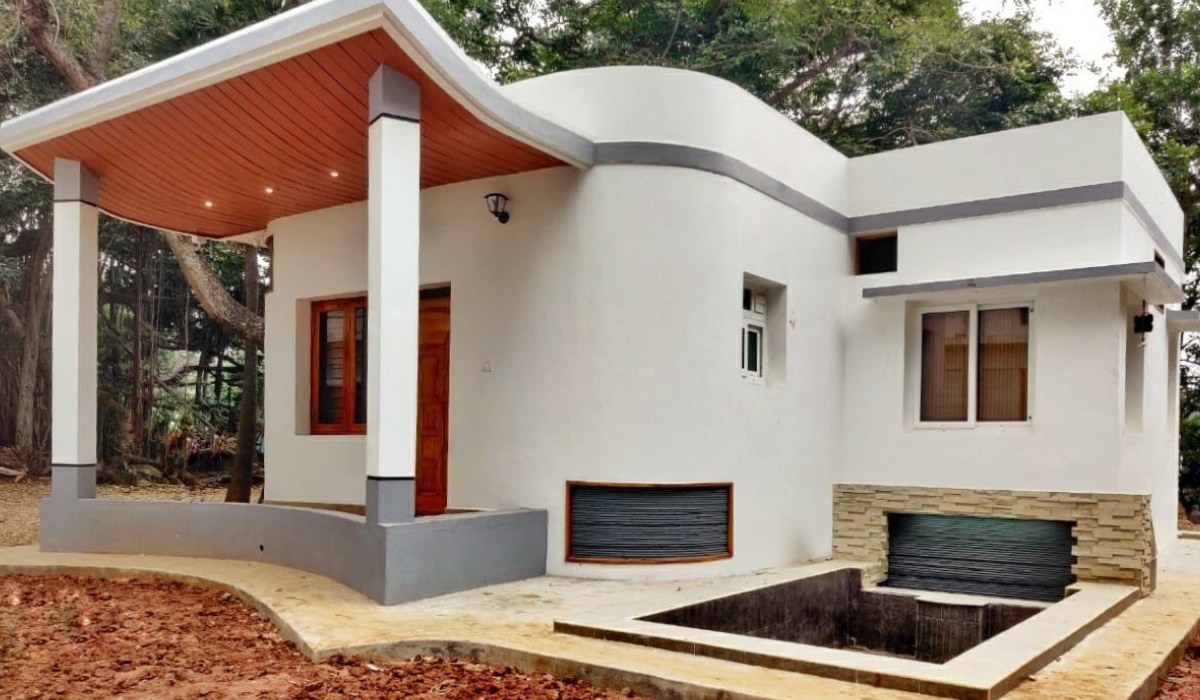3D Printing Technology
3D printing, which is also known as additive manufacturing, is an innovative manufacturing process that involves creating three-dimensional objects layer by layer from a digital model or computer-aided design (CAD) file. Unlike traditional subtractive manufacturing methods, where materials are cut or sliced to create a final product, 3D printing adds material layer by layer to build up the object.
The basic process of 3D printing
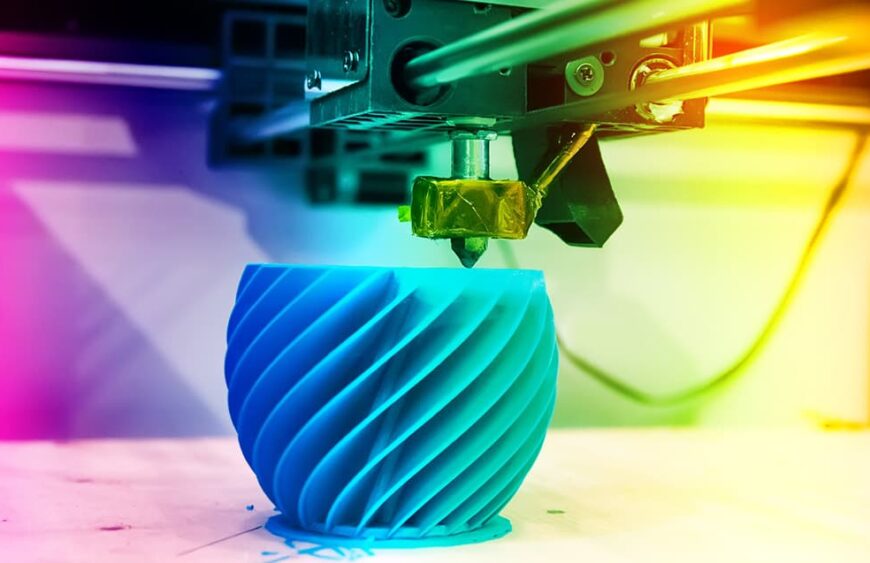
- Creation of a Digital Model:
The process begins with the creation of a digital 3D model using computer-aided design (CAD) software. This digital model serves as the blueprint for the physical object.
- Slicing the Model:
The digital model is then sliced into thin horizontal layers using specialized software. This slicing process determines how the 3D printer will build the object layer by layer.
- Printing the Object:
The 3D printer reads the sliced layers and begins the printing process. Various types of 3D printing technologies exist, each with its own specific method of depositing or setting material.
Common 3D printing technologies include Fused Deposition Modelling (FDM), Stereolithography (SLA), Selective Laser Sintering (SLS), and others.
- Layer-by-Layer Construction:
The 3D printer adds material layer by layer according to the sliced design. The material can be plastic, metal, ceramics, or even biological materials, depending on the type of 3D printer and the application.
- Post-Processing:
After the printing is complete, the object may undergo few more steps. This can include removing support structures, polishing, painting, or other finishing touches to achieve the desired final result.
The flexibility of 3D printing technology makes it possible for the creation of a wide range of objects with complex geometries that may be challenging or impossible to produce using traditional manufacturing methods. This technology is used across various industries, including aerospace, healthcare, automotive, architecture, and consumer goods.
Importance
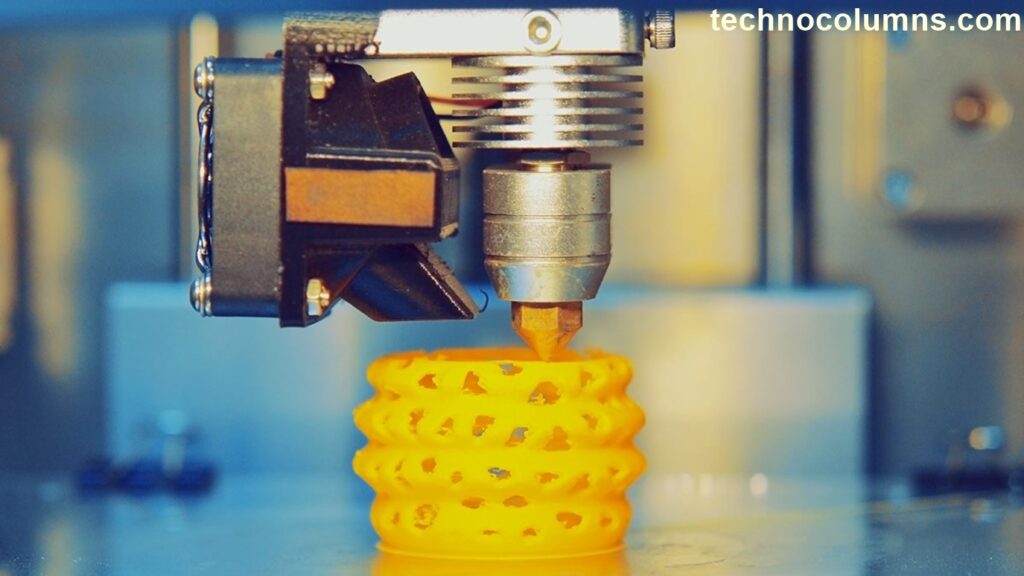
3D printing technology has appeared as a revolutionary invention in various industries, transforming traditional practices and introducing new methods to manufacturing. Among the areas that have witnessed important developments is construction, where 3D printing is reforming the way houses are built. This revolutionary method involves the layer-by-layer deposition of construction materials, offering advantages such as cost-effectiveness, rapid construction, and unparalleled design flexibility.
Digital Model
The process of constructing houses using 3D printing initiates with the creation of a thorough digital model of the planned structure. This digital drawing serves as the guiding framework for the 3D printer, guiding its movements and material deposition. Once the digital model is prepared, the 3D printer begins the construction process, with a specialized concrete mixture as the primary building material. This concrete mixture is framed to facilitate layer-by-layer deposition and rapid hardening, ensuring the efficient creation of a strong and durable structure.
Departure from conservative construction methods
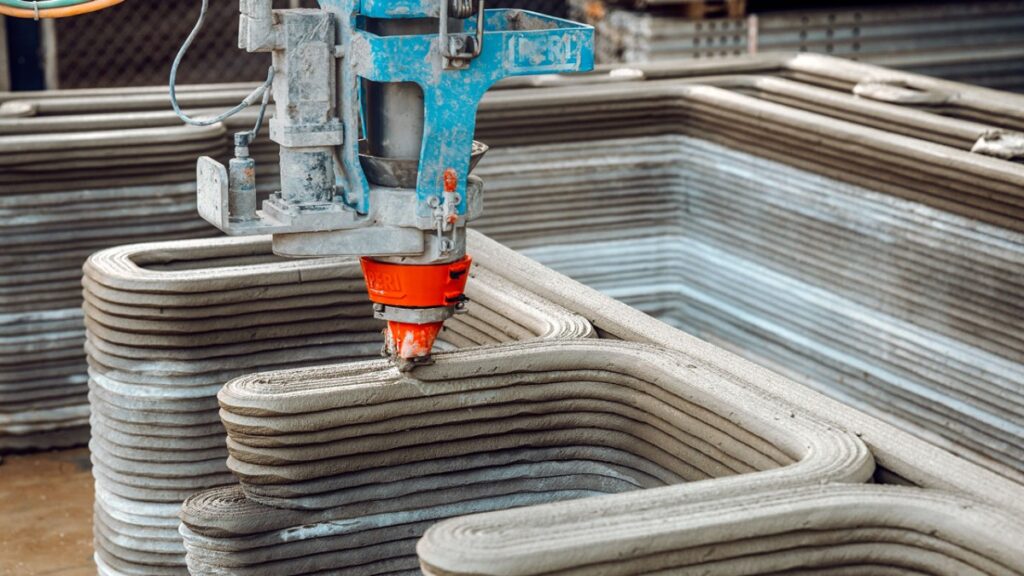
The 3D printing of houses represents a departure from conservative construction methods, offering a remarkable increase in construction speed. Traditional building methods often span weeks or even months, while 3D printing enables the completion of structures in actually less time. The automated layering process allows for continuous construction, removing the need for breaks or shifts in the construction schedule.
Advantages
A distinctive advantage of 3D printing in construction lies in its unmatched design flexibility. Architects and designers can push the boundaries of creativity, making complicated and unique shapes that might be impractical or too expensive with traditional construction techniques. This newfound design freedom opens doors to innovative and sustainable housing solutions that were once considered challenging to achieve.
Challenges
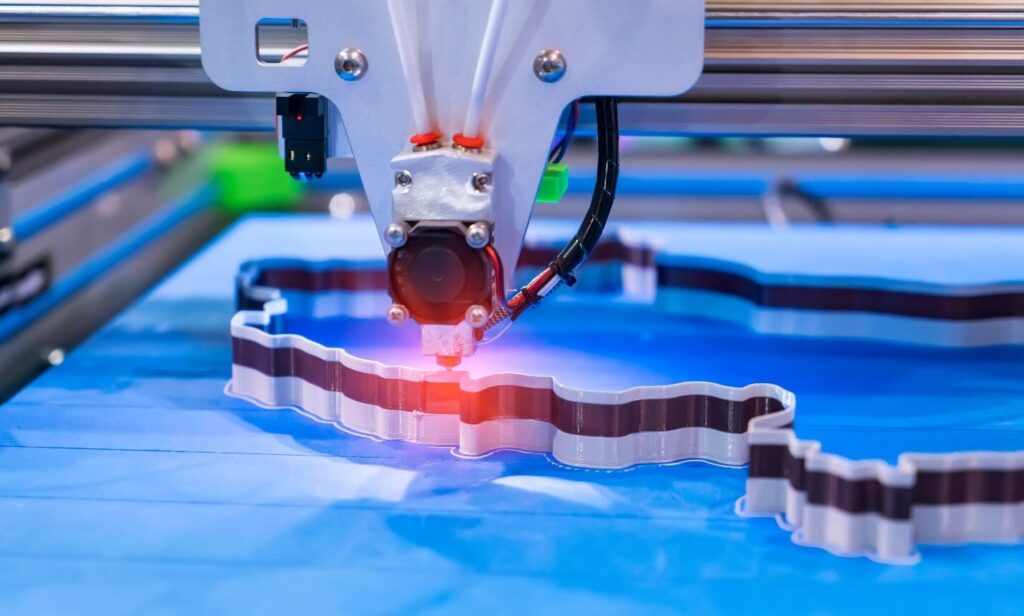
However, the implementation of 3D printing in construction is not without its challenges. Ensuring the structural integrity of the printed layers is a paramount concern. Researchers and engineers have devised various techniques to address this, including the integration of traditional construction materials such as steel rods to reinforce the printed structure and enhance its strength and durability.
Furthermore, the development of the concrete mixture used in 3D printing is vital for achieving the desired properties in the final structure. Continuous research and development efforts are devoted to purifying the materials used in 3D printing construction, with a focus on improving strength, toughness, and sustainability.
One of the most notable demonstrations of the potential of 3D printing in construction involves the use of large-scale 3D printers to build houses. These printers are often seated on robotic arms, providing multi-directional movement capabilities that increase flexibility in construction. The size and scale of these printers enable the construction of entire walls or even small houses in a single run, proving the technology’s efficiency and scalability.
Future Promises

Beyond individual houses, 3D printing in construction holds promise in addressing housing shortages and providing affordable housing solutions on a larger scale. The reduced labour requirements and construction time contribute to significant cost savings, making housing more accessible to a larger population. This has profound solutions for addressing housing crises in various parts of the world, particularly in densely populated urban areas.
However, the widespread adoption of 3D printing in construction requires talking several issues. Scaling up to larger structures or entire communities demands further research and development efforts. Infrastructure, regulations, and industry standards must evolve to support the whole integration of 3D printing into normal construction practices.
Conclusion
In conclusion, 3D printing technology is redesigning the construction industry by providing a faster, more flexible, and possibly more affordable approach to building houses. As research and development efforts in this field continue, we can expect further advancements that will initiate the widespread acceptance of 3D printing in construction. This, in turn, will contribute to a more maintainable and advanced future for housing construction, addressing both the challenges of the present and the possibilities of tomorrow.

